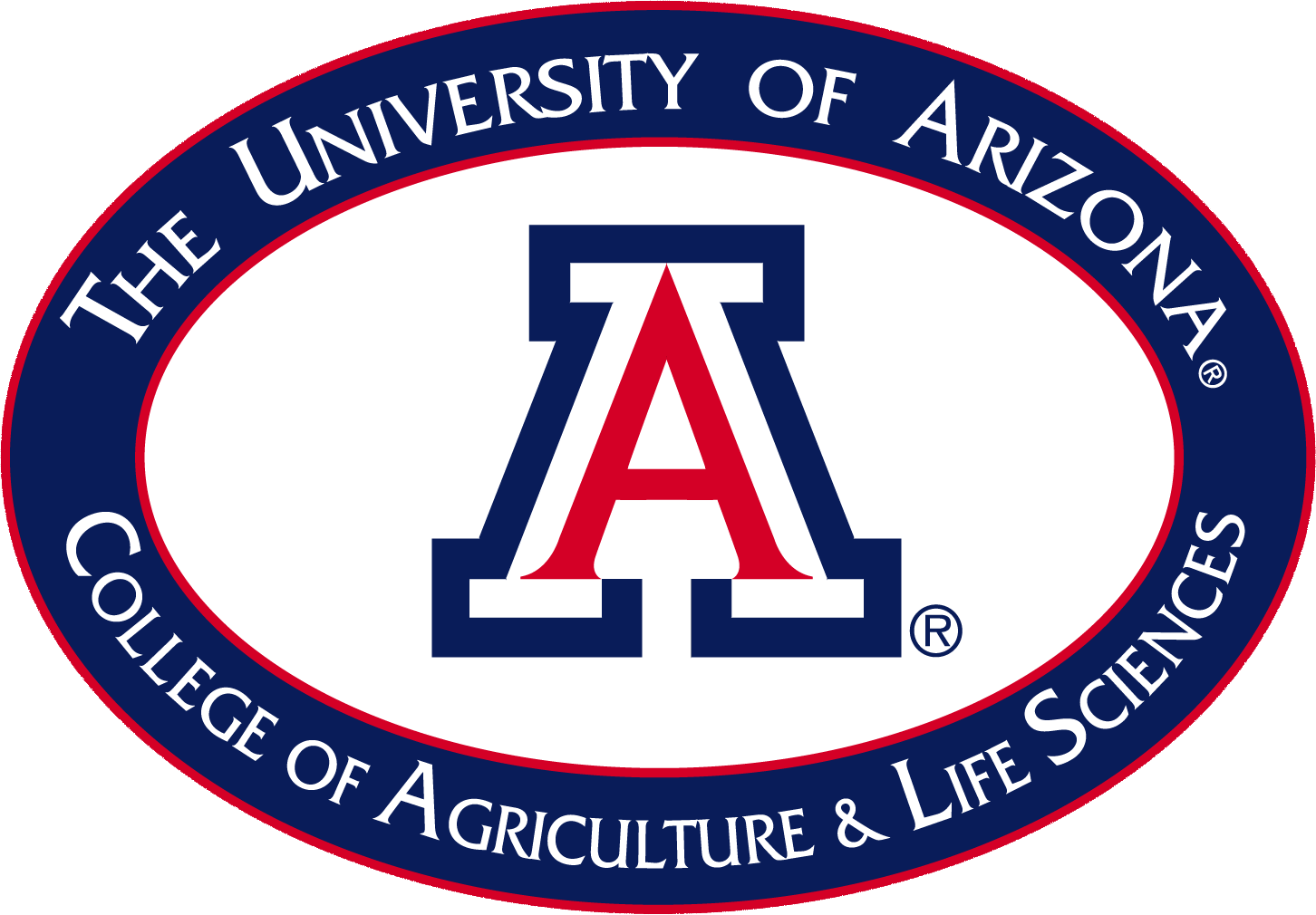
The Department of Agricultural Education
 The University of Arizona
The University of Arizona
![]()
|
The Department of Agricultural Education
|
|
For Clear Performance Objectives:
Agricultural Education SELF-TEST 1. Are the following objectives
stated in performance (behavioral) terms? Does each name an
act the learner would be performing when demonstrating that he/she has achieved
the objective? a. To understand the principles of marketing 2.
Listed below are the components of a statement of educational
objectives. Which of those characteristics are present in each of the
objectives below? Indicate by placing a check under the appropriate letter if
the characteristic is present. A. Identifies an observable behavior to be demonstrated by the student. a. The
student must be able to list the profit-maximizing principles. Evidence of this
ability will be obtained from a written examination; all seven principles must
be listed. b. The student is to
complete a 100-item, multiple choice examination on the subject of Agricultural
Records. The lower limit of acceptable performance will be 85 items answered
correctly within an examination period of 90 minutes. c. The student must be
able to correctly name 30 items depicted by each of a series of 20 blueprints. d. During the final
examination, and without reference, the student must be able to list the steps
involved in calibrating a grain drill. e. The student must
know well the seven cardinal aims of education. f. The student must be
able to fill out a state farmer degree application. g. Given a list of
education objectives, the learner should be able to understand each. h.
The student will be able to name, and give an example, of each of three
types of sketches useful for visualizing shop projects. To be considered
correct, items listed by the student must appear on the handout entitled
"making simple sketches and reading blueprints' issued by the instructor
during the course. CRITERIA OF GOOD EDUCATIONAL OBJECTIVES
The Cone of Educational Experience VERBS USEFUL IN THE PREPARATION OF BEHAVIORAL OBJECTIVES
IN THE COGNITIVE DOMAIN
return to topWORDING EDUCATIONAL OBJECTIVESDIRECTIONS: Evaluate each of
the following objectives for: 1) excess words, 2) clarity Of communication, 3)
assignment not an objective, 4) weak verbs, 5) poor verb selection, 6) two
objectives or 7) well written. Place the number which represents your evaluation
in the blank to the left of the objective. 1. To identify the
major parts of the reproductive tract of beef cattle. 2. To identify
twenty-five (25) weeds common to the Snowflake area. 3. Demonstrate gas and
arc welding abilities that are acceptable to the instructor. 4. Given a list of soil forming processes and a list of definitions to match processes with definitions with 70% accuracy. 5.
The student must identify a well prepared seedbed and without any notes
or references must correctly construct a seedbed. 6.
The student must list the reasons for fertilizing crops. With the use of
handouts the student will be expected to recognize crops that have been and have
not been fertilized. 7.
To write six (6) common diseases of sheep. 8.
To reconstruct and identify seven (7) of the eleven (11) external parts
of the gas welder. 9.
Be prepared to recite the first stanza, without the aid of the book. 10. To identify breeds of beef and dairy cattle on a multiple-choice test, scoring 70%. 11.
The test given will consist of 40 multiple-choice questions and students
should score 70% or better in order to pass. 12.
To choose, from the provided list, a career field and write a three page
report which will include; history of the field, education/preparation needed to
enter the field, ecosystem type the career field may be dependent upon, and why
or why not the career is appealing to you. The report is due in three weeks. It
must be neat, and include a cover. 13.
To prepare and present a three minute speech on what agriculture means to
you. 14.
To identify the leaf types of twenty-five samples provided. 15. To participate
on a panel discussion dealing with why the FFA is for you. 16. To obtain experience in hay processing. Student will help with the
alfalfa baling operation on the land lab. Each student shall be required to work
for min. of eight hours. Each student shall rotate among the various work
assignments. 17. To recognize approved
health practices in caring for animals. 18. To identify causes of poor health and list at least three causes. 19. Given an electric motor to wire the motor for clock and counter clock
wise rotation. EXAMPLE ACTION VERBS
|
Questions or problems regarding this web site should be directed to billye@ag.arizona.edu.
Copyright © 2000 Department of Agricultural Education. All rights reserved.
|